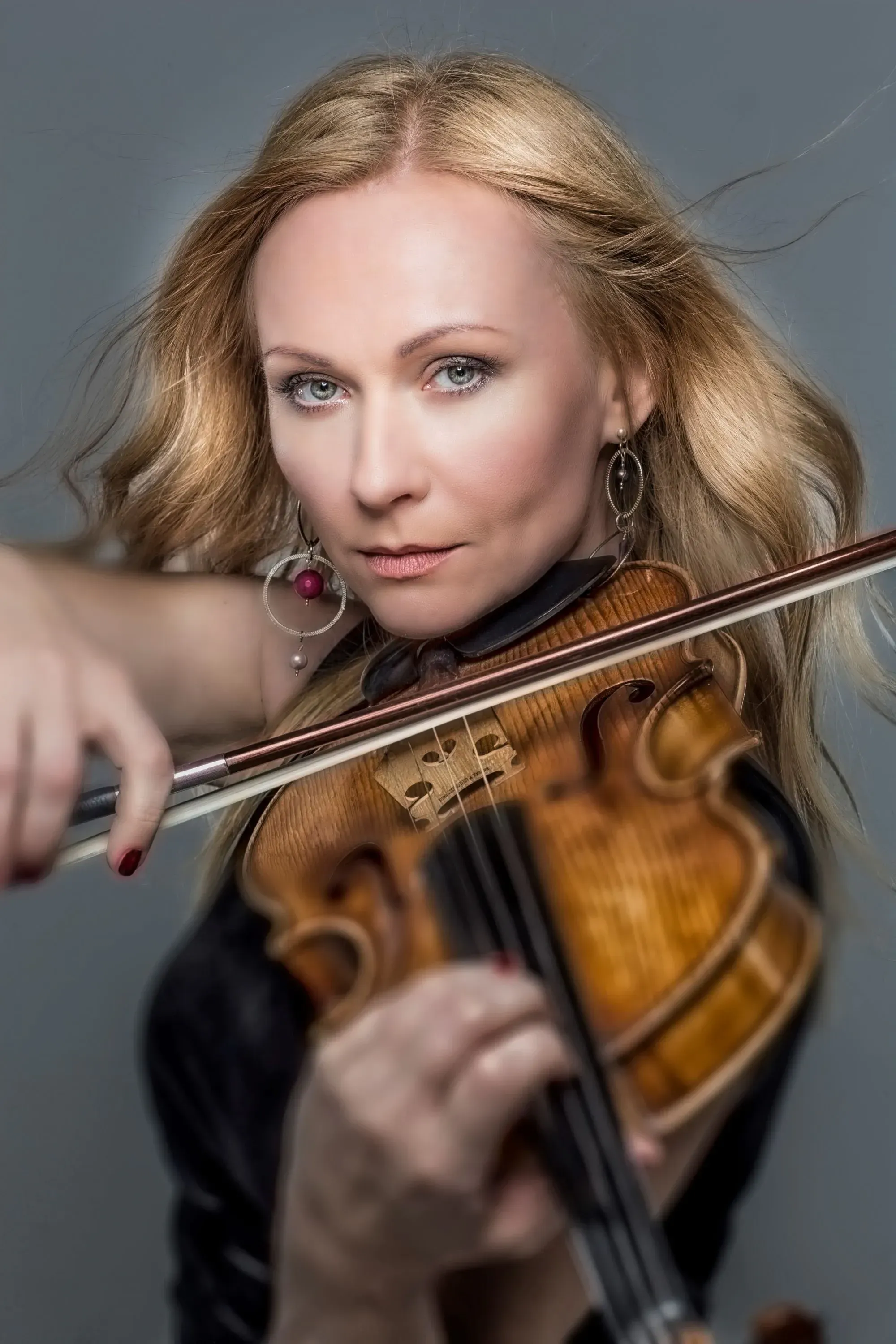International Viola Community Connecting in Wellington
Written by

Often overlooked as the ‘Cinderella of the musical world,’ it’s the viola’s time to shine next month when Wellington hosts the 44th International Viola Congress.
Twenty countries will be represented at the event which runs from 1-5 September. By bringing together national and international artists, organisations, and institutions through public recitals, lectures and masterclasses, the congress aims to share ideas, promote and encourage the development of new viola repertoire, and provide a platform to showcase new works.
Since its inception in 1973 the annual viola congresses have been hosted mostly in Europe and North America. However this pattern was broken in 2001 when by chance and hard work, Wellington was awarded the 29th Congress.
Organiser, Professor Donald Maurice of the New Zealand School of Music, can claim at least some credit for the International Viola Society being so widespread now. Organising the 2001 congress event in Wellington, he says, let them know that there was a growing presence of high level viola performance in the Southern Hemisphere. Professor Maurice went on to become the treasurer of the International Viola Society for seven years, and upon taking up the role exclaimed,“If we’re going to call this thing international, we can’t just have five viola societies involved!”
The congress has since been hosted in Australia and South Africa, and the International Viola Society has swelled significantly, with a growing number of European, African and Asian countries coming on board and forming societies in their own countries.
As a violin player originally, stumbling across the viola by chance in his fifth form year to fill a space in the string quintet for the chamber music competition, Professor Maurice says, “I never went back!” Now a viola specialist at the New Zealand School of Music, he has gone on to perform and record for over 40 years.
Having been to numerous viola congresses around the world, in going to these events Professor Maurice says, “You realise the high status the viola has as a solo instrument overseas. Here it’s seen as something unusual, generally only seen as part of an orchestra or string quartet. It’s not often recognised as a solo instrument.”
Professor Maurice spoke about the exciting collaborations that will take place during the congress. “Combinations of players will be created here and will perform together”. Highlighting the skill level of the musicians, he says, “There will be incredible collaborations of people who haven’t even met yet!” Examples of this include The NZ String Quartet joining with the Deseret String Quartet from Brigham Young University to play Mendelsson’s String Octect on Saturday, Sept 2 at St Andrew’s on the Terrace, and on the same programme Victoria University pianist Jian Liu will join with the Deseret String Quartet and internationally renowned violist Anna Serova to play Turina’s “Scenes Andalouse."
The programme features a flash-mob, recitals, lectures on strength training and wellness, pitch bending and Baroque performance techniques. Professor Maurice emphasises that the congress is relevant not just to violists, but to all string players.
The highlight of the congress will be “The Three Altos” gala concert held in the Michael Fowler Centre on September 4 with the NZSO, featuring three of the world’s leading viola soloists – Anna Serova (Russia/Italy), Roger Benedict (Australia), and Roger Myers (USA). Professor Maurice describes the programme as “romantic and beautiful.”
Acknowledging the importance of the congress, Anna Serova said, “It is the only one place where you can meet so many violists from different countries all together, meet old and new friends, teach and listen for the masterclasses of other teachers, perform and attend the concerts, and listen to pieces which are played for the very first time.”
Serova says she is committed to playing and promoting the music of living composers, and spoke about two of the pieces to be performed at the gala concert. “I’m very honoured to bring to Wellington the premiers of two new compositions. One is the New Zealand premier of the Poem of Dawn, written for me by Russian-Israeli composer Boris Pigovat. The second piece will be the world premier of Lady Walton’s Garden for viola and orchestra by Italian composer Roberto Molinelli.”
Each of the three movements of Lady Walton’s Garden is dedicated to the plants and flowers from the world famous La Mortella Garden of Lady Susana Walton. The last movement, in a tango style, pays homage to Lady Susana’s Argentinian origins, and concludes with a spectacular and very memorable touch of music theatre, where Serova will put down her viola and dance the tango. “I’m looking forward to meeting Alex White, tango dancer from Wellington, who will be my partner on the stage.”
An accomplished tango dancer, Serova is credited with the emergence of a new genre in composition uniting the form of the concert piece with the action of a theatre. “I often take part as a viola soloist in interdisciplinary projects,” Serova says.
She explains that learning to dance the tango has allowed her to play the music in a much more authentic way. “Some stylistic details such as accents, bow strokes, phrasing, rhythm etc are much clearer to me now, because, dancing by myself, I can feel the direct connection between the movement of the body and related music written for it.”
The 44th International Viola Congress runs from 1-5 September in Wellington
There will be limited door sales available for the afternoon and evening concerts and workshops: View the programme here
Highlights not to be missed include:
Viola Potpourri Concert No. 1 (where NZ String Quartet and Desert Strign Quartet play Mendelsson's String Octect)
2 Sept, St Andrews on the Terrace, 8pm
“The Three Altos” Gala Concert (with the NZ Symphony Orchestra)
4 Sept, Michael Fowler Centre, 7:30pm
Tickets from Ticketek